The video above was sent to me by a fan and it shows a unit of Ukrainian soldiers assaulting a trench line - but there is a big difference between 2022 and 1917 - the addition of drones.
A few things to note:
This is a good looking trench line.
While we have some parallax error in this photo, so let’s look at an overhead view.
The trenches zig-zag like this for two reasons.
It prevents an attacking unit from firing all the way down a trench line
Shell fragments from artillery will be stopped by the walls of the trench and won’t travel all the way down the line.
Take the picture above and then take a look at this picture of trench lines on the western front in 1916.
There are a lot of similarities with 1917.
But there is big difference - and no, it’s not tanks. Tanks are useful, but Russia has good ATGMs like the Kornet and Russia has had plenty of time to prepare positions. Tanks are not as useful as they were back in 1917.
The difference between 1917 and 2022 is the drones.
This brings us to C4ISR.
C4ISR Stands for “Command, Control, Communications, Computers, Intelligence Surveillance Reconnaissance.”
I know a little bit about this stuff since I write C4ISR software that helps keep soldiers safe.
Today, we have systems that the chateau generals of 1917 could only dream of.
So now data can be sent back to troops in real time. This means that troops have a better chance of knowing what is beyond the other corner of that trench. And if you can send a munition instead of a soldier, that is a win for the attacker.
The last time a military had to attack across trenches at scale was The First Gulf War, or Operation Desert Storm.
However, instead of trench clearing operations, the US Army simply used engineering vehicles like the M9 ACE Combat Bulldozer to simply bury the Iraqis alive inside the trenches.
Ukraine currently possesses the BAT-2 which is a Soviet Era engineering vehicle.
They also have the Norwegian NM189.
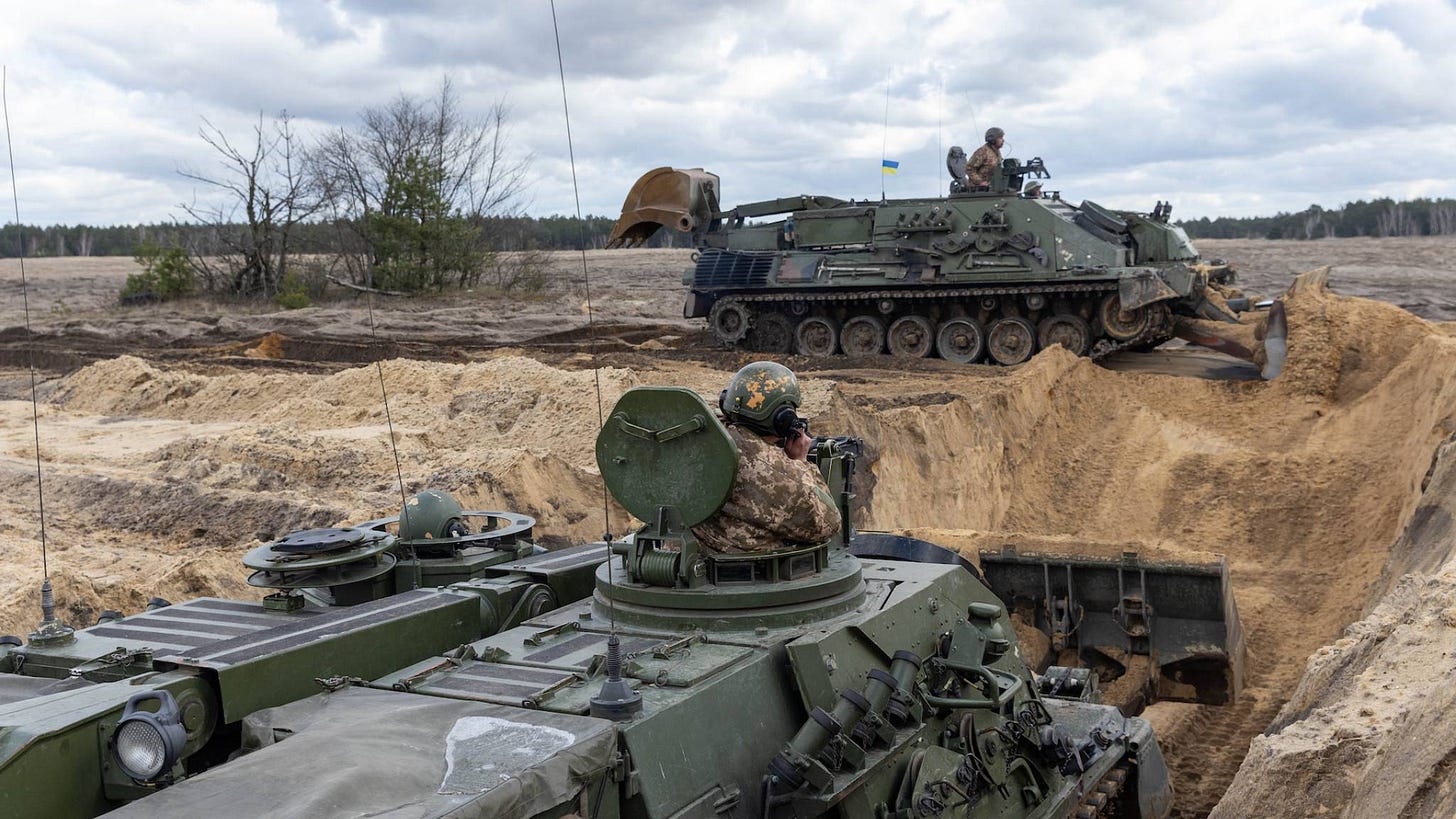
And supposedly the US has sent U.M1150 Assault Breacher Vehicles, although I can’t confirm that.
And the US has sent MICLICs or towed Mine Clearing Line Charges.
These systems launch a rocket which trails a what is essentially a tube sock filled with C4 explosive.
The line falls over the enemy wire mined obstacle.
And detonates, clearing a path through minefields and barbed wire of of roughly 8 meters by 100 meters.
If you want to know more about this system, watch my video on how Land Mines Work and how they can be defeated.
So how might Ukrainian forces perform this breach?
Note that the steps below are highly simplified. It is very easy to draw lines on a map, but not so easy to preform the breach. Also note that smoke may be involved in obscuring the breach and will probably be generated by White Phosphorous, which some Russian sophists will misidentify as a war crime. I have omitted smoke for clarity.
It is likely that Ukraine has already identified possible breaching site candidates.
#1. Phase 1: SR: Use drones as part of the final leader’s recon to identify the best breaching site.
#2. Artillery prep of the battle field at the breaching site and destruction of supporting forces. It is likely that the front line of trenches will hit with 120mm mortars. Supporting trenches will receive artillery. Combat Service Support (supply) units may receive precision artillery such as Excalibur rounds or 155mm shells with precision guidance kit fuse attached.
#3. The next phase is breaching. Mortars shift fire to the flanks of the breach. Artillery switches to RAAM munitions to create situational minefields. RAAM stands for Remote Anti-Armor Munition. It is essentially an artillery delivered anti-tank minefield. These mines will be laid on the flanks to disrupt counter attack.
The MICLIC fires to create the first breach.
#4. The breaching team moves forward with drones in support.
#5 Consolidate and Reorganize
The this point, the initial breaching team is most likely “Red” or critically low an ammunition and water. They have also likely taken up to 50% casualties. At this point, the breaching force is likely to stay in place, resupply and evacuate any wounded. Prisoners will also receive a cursory search and be sped to the rear.
#Phase 6 - Continue the attack
Another breaching team takes the second line of trenches. The engineering vehicle will most likely “fill in” the trench to create a bridge for follow-on forces and to facilitate resupply and the evacuation of wounded.
This will have to be done at every trench line and it is likely that Ukraine will suffer substantial casualties, depending on the will of the Russian forces to fight. If Russian forces collapse like Iraqis did in 1991, Ukraine will have an easier time making and exploiting a breakthrough.
But any breakthrough will be supported by drones, which will bring back real-time ISR data, allowing commanders to identify and bypass pockets of resistance or service them with artillery. So casualties may be lighter than the military manuals suggest.
We will find out in the next coming weeks.
Thank you to all of my paid subscribers who help keep this channel going. I couldn’t do this without you.







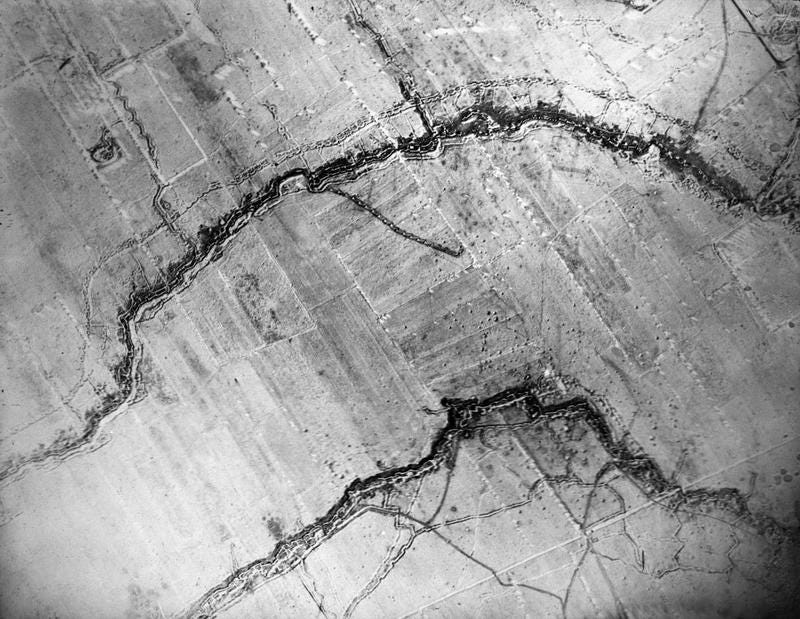

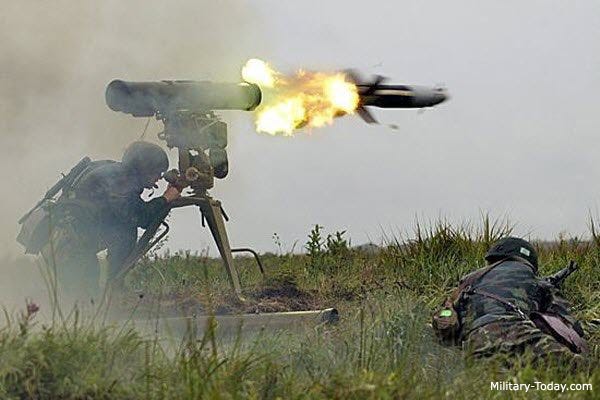

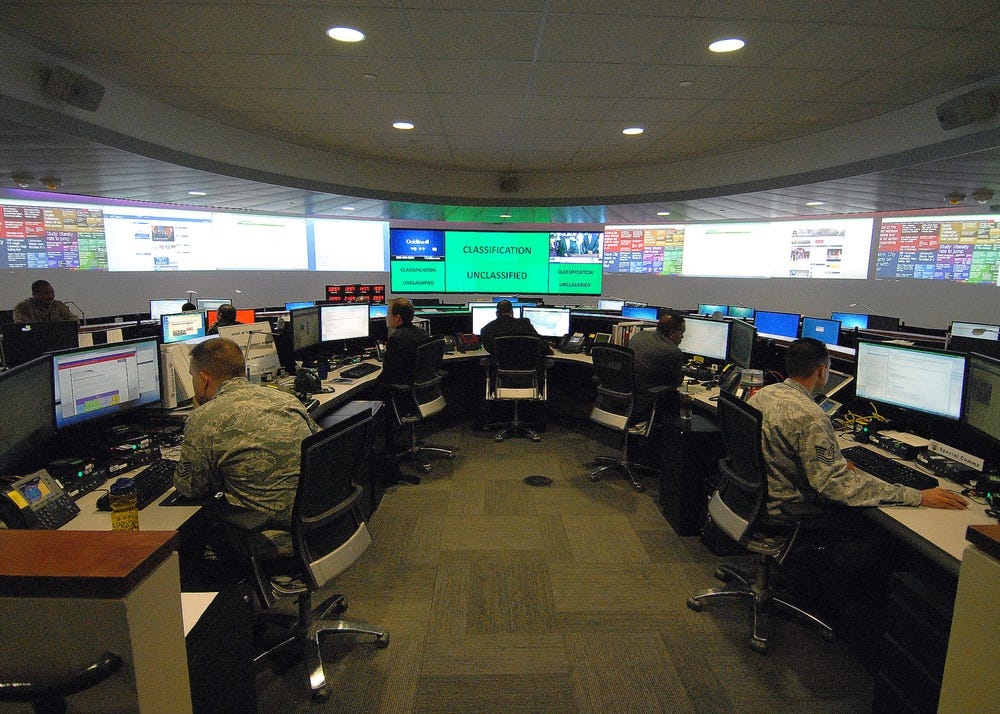


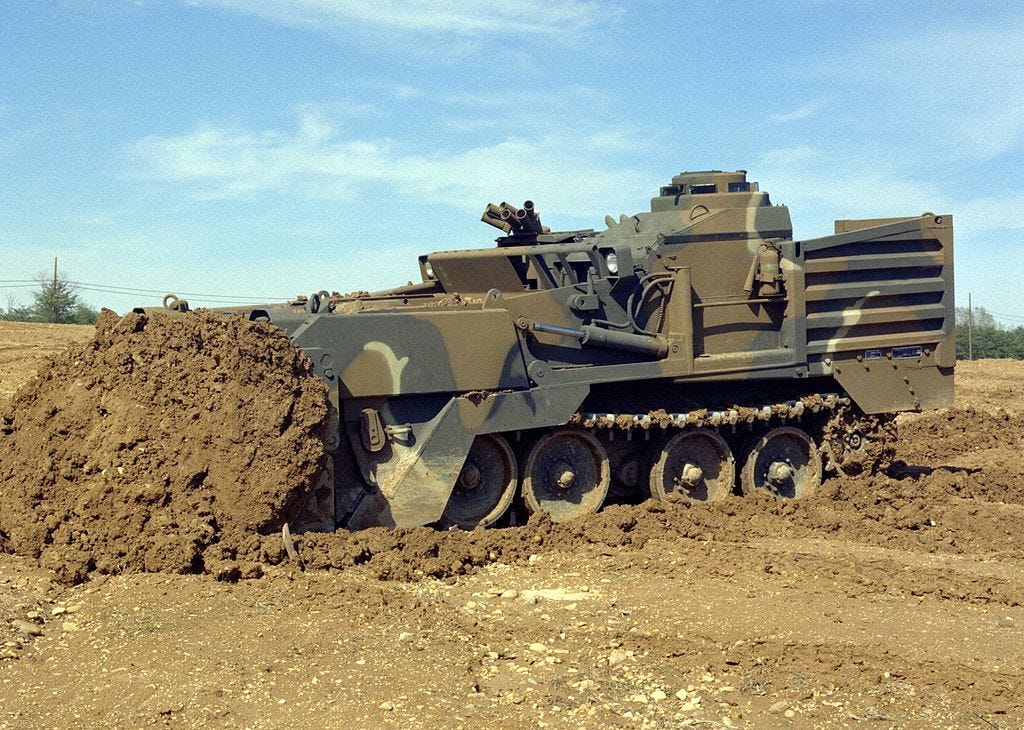
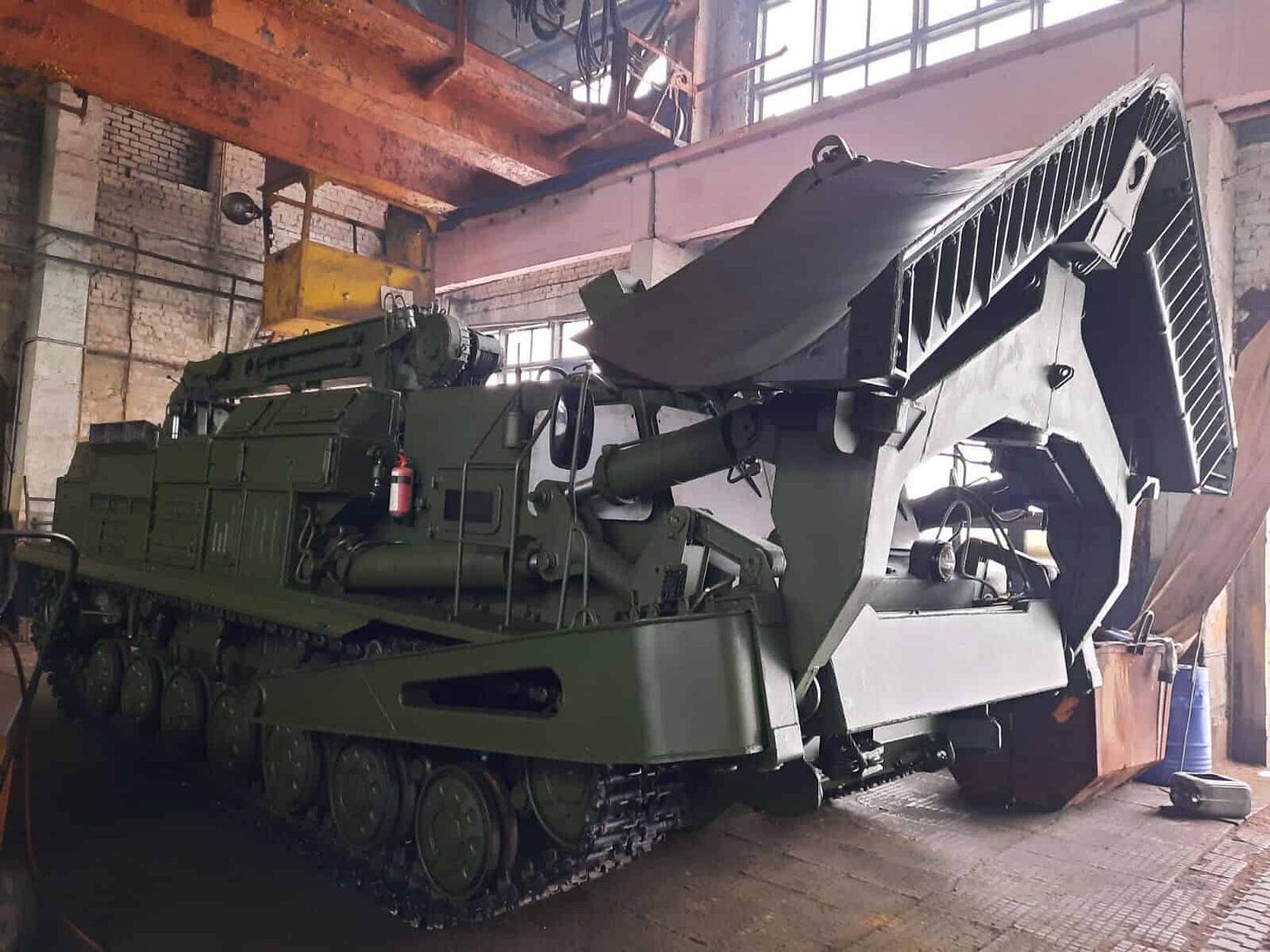
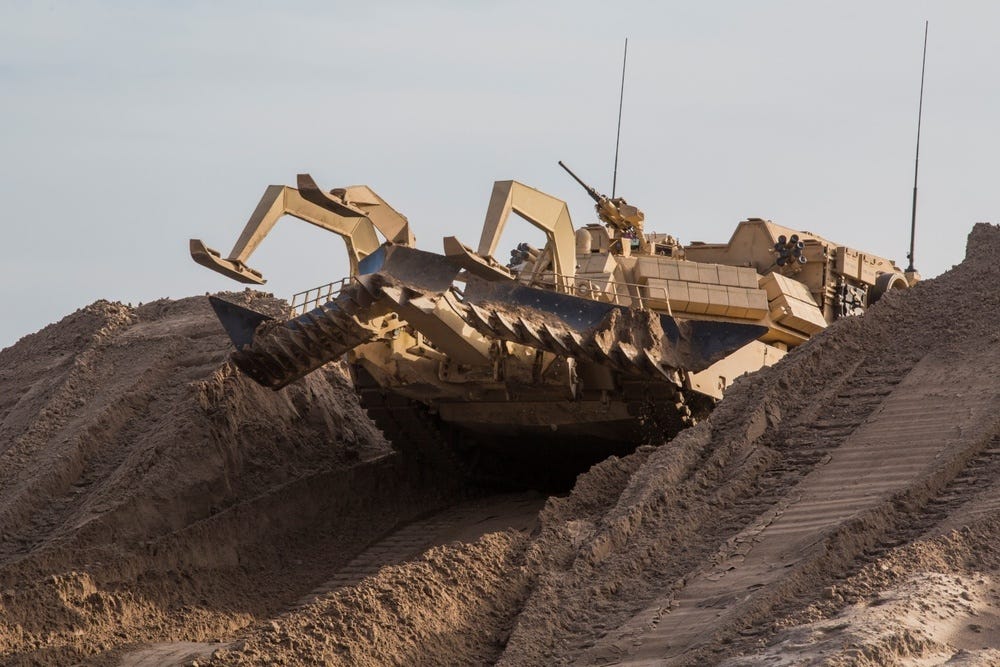
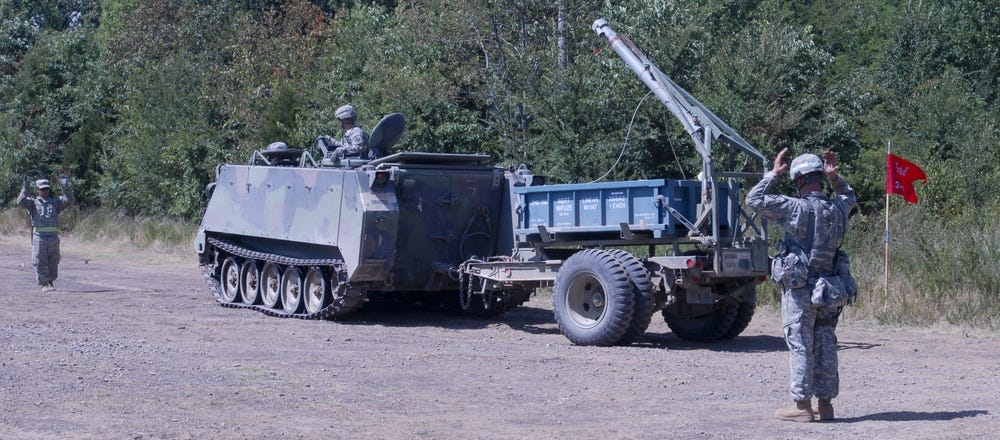
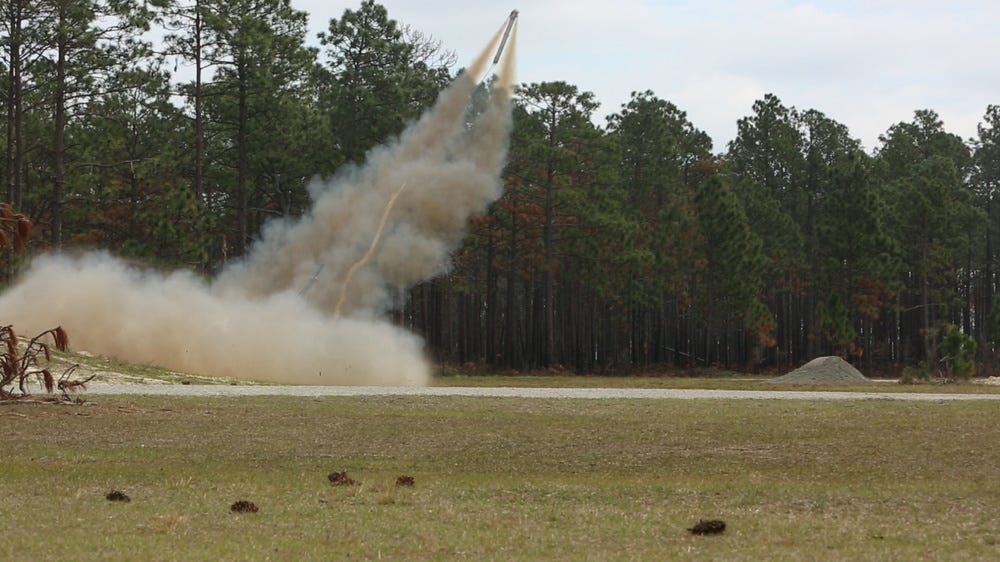
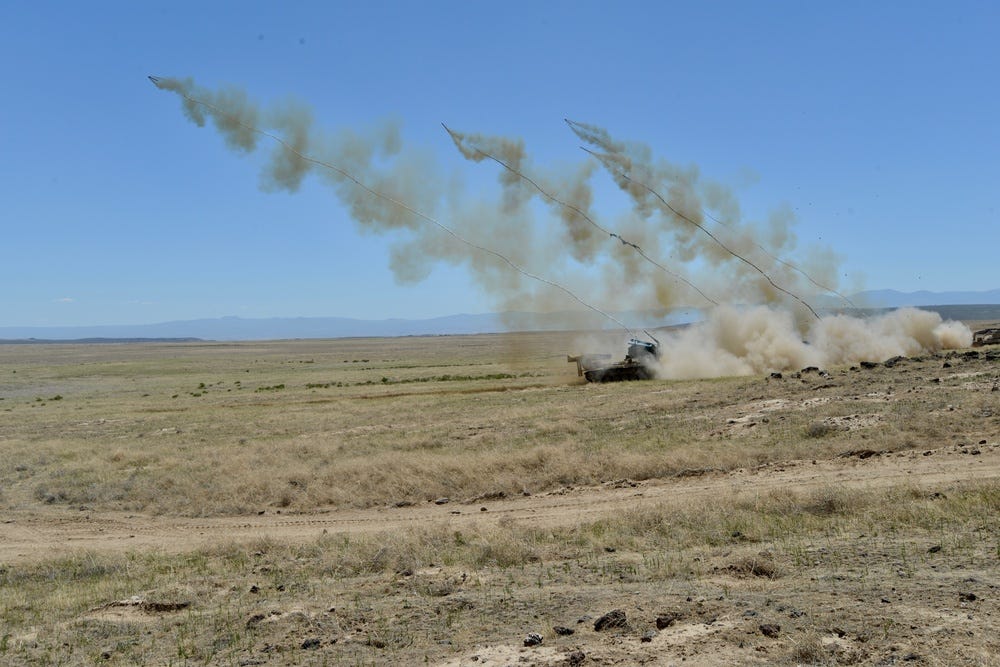
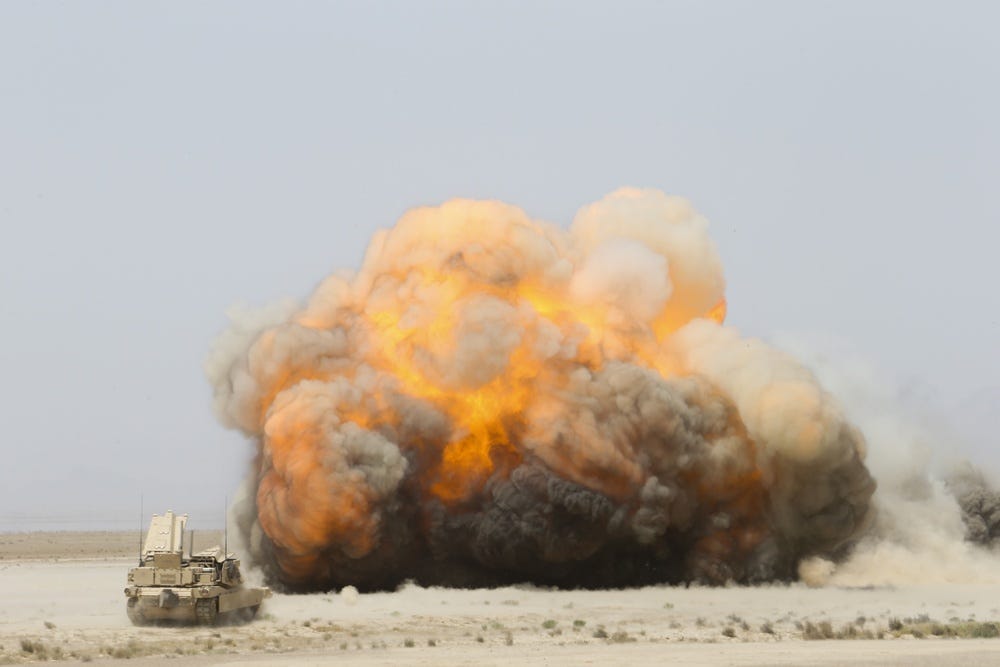






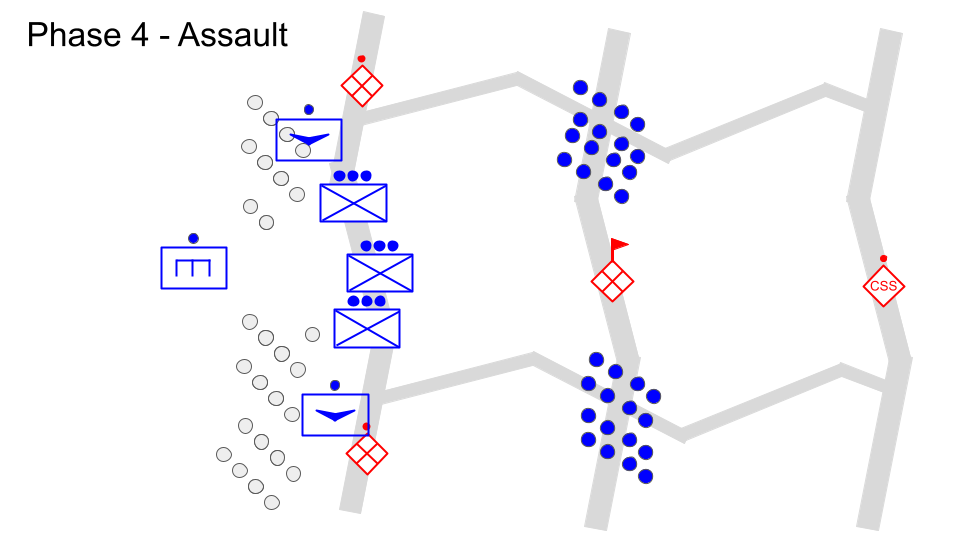



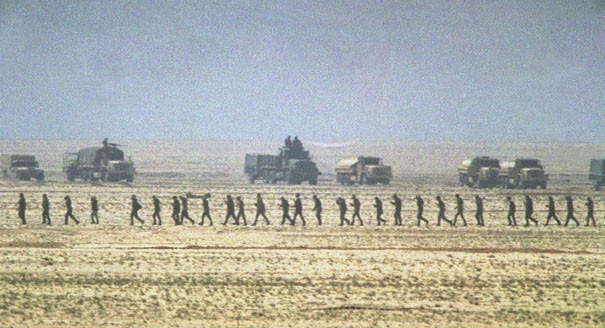


Share this post